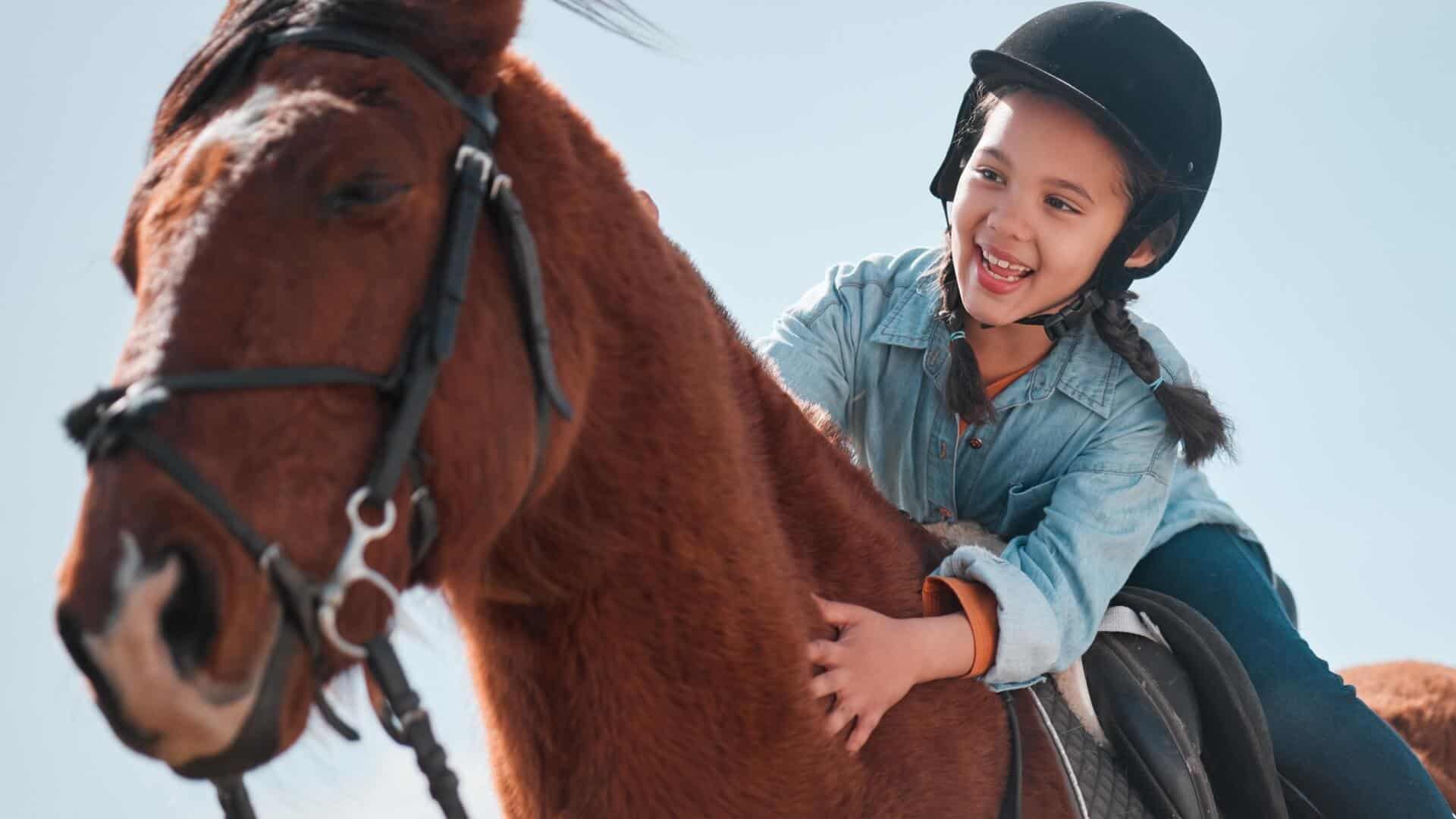August 15, 2025
Essential Horse Safety Tips Every Equestrian Should Know
Working with horses brings immense joy and fulfillment, but these powerful animals demand respect and proper safety measures. Whether you’re a seasoned rider or just starting your equestrian journey, understanding fundamental horse safety tips can mean the difference between a rewarding experience and a dangerous situation.
Horses are magnificent creatures weighing over 1,000 pounds, with the strength to cause serious injury when startled or mishandled. However, most accidents are preventable with the right knowledge and preparation.
Gladiator Equine covers the most crucial equestrian safety practices, from ground handling techniques to riding precautions, ensuring you can enjoy your time with horses while minimizing risks.
Ground Handling and General Safety
1. Stay Alert to Your Environment
Horses are naturally prey animals with heightened senses, making them easily spooked by sudden movements, loud noises, or unfamiliar objects. Before entering any area with horses, scan for potential hazards like loose equipment, barking dogs, or construction noise. Remove or secure items that might startle your horse, and always maintain awareness of what’s happening around you.
2. Master the Art of Approaching Horses
Never approach a horse silently or from behind. Horses have blind spots directly in front of and behind them, so approaching from these angles can trigger their flight response. Instead, speak to the horse in a calm, steady voice as you approach from the front-left side, near the shoulder. This allows the horse to see you clearly and reduces the likelihood of startling them.
3. Understand Dangerous Positioning
Standing directly behind or in front of a horse puts you in prime kicking or striking range. Horses can kick with tremendous force, kicking with upwards of 10,000 Newtons. When moving around a horse, stay close to their body where kicks have less power, or maintain a safe distance of at least 10 feet when behind them.
4. Choose Appropriate Attire
Proper footwear forms the foundation of equestrian safety. Sturdy, closed-toe boots or shoes protect your feet from being stepped on, while heels prevent your feet from sliding through stirrups. Avoid sandals, flip-flops, or any open-toed footwear around horses. Long pants protect your legs from chafing and potential scrapes, while avoiding loose clothing that could catch on equipment.
5. Master Quick-Release Knots
When tying horses, always use a quick-release knot that can be undone rapidly in an emergency. Tie the lead rope to a solid object at or above the horse’s eye level, preventing the horse from getting a leg over the rope if they paw. Never wrap lead ropes around your hands or body, as this could trap you if the horse pulls away suddenly.
6. Implement Safe Leading Practices
Lead horses with a proper halter and lead rope, positioning yourself beside the horse’s head rather than in front or behind. Maintain about 18 inches of space between you and the horse, allowing room to move away if needed while keeping control. Hold the lead rope near the snap, with the excess folded in your other hand—never coiled around your arm.
Riding Safety Fundamentals
7. Conduct Pre-Ride Inspections
Before mounting, perform a thorough equipment check. Examine your saddle for worn leather, loose stitching, or broken hardware. Ensure the girth is properly tightened — you should be able to fit two fingers between the girth and the horse’s belly. Check your bridle’s fit, ensuring the bit sits correctly and all buckles are secure. Inspect your helmet for cracks or damage, replacing it if compromised.
8. Practice Proper Mounting and Dismounting
Always mount from the left side of the horse, as this is the traditional and expected approach that most horses are trained for. Before mounting, check that the girth is tight and the stirrups are an appropriate length. When dismounting, remove both feet from the stirrups and swing your right leg over the horse’s back, sliding down gently rather than jumping off.
9. Maintain Control at All Times
Effective horse riding safety depends on maintaining communication and control with your mount. Keep consistent contact with the reins without pulling harshly, and use your seat and legs to communicate your intentions. Learn to recognize signs of tension or resistance in your horse, and address these issues before they escalate into dangerous situations.
10. Always Wear Proper Safety Equipment
A properly fitted helmet meeting current safety standards should be non-negotiable for every ride. The helmet should sit level on your head, with the chin strap snug but comfortable. Body protectors provide additional safety for activities like cross-country jumping or working with young horses.
Using Gladiator Equine Products to Enhance Horse Safety
11. Promoting Calmness with Reign Ease® PRO
A calm horse significantly improves safety for both horse and rider. Gladiator Equine’s Reign Ease® PRO serves as a training tool designed to help horses maintain composure during training and competition. When horses remain calm, they can focus better on commands, reducing the likelihood of unpredictable behavior that leads to accidents.
Calm horses demonstrate improved communication with their riders, enhanced learning ability, and greater confidence in their movements. This mental state creates a safer environment by reducing fear-based reactions and erratic behavior that often result in injuries.
12. Protecting with Specialized Equipment
Safety extends beyond behavior management to physical protection. Gladiator Equine’s PTR™ Bell Boots protect hooves from overreaching injuries, where back hooves strike front hooves during movement. These protective barriers prevent damage to the hoof, shoe, or coronary band while shielding against rough terrain obstacles.
PTR™ Fetlock Wraps provide crucial support and protection for the lower legs during high-impact activities. They help prevent strains, sprains, and abrasions by stabilizing joints and cushioning against external forces.
13. Supporting Recovery and Overall Equine Wellness
Therapeutic blankets incorporating ceramic technology, such as our PTR™ Blanket, improve circulation and reduce inflammation, supporting faster recovery from training sessions. By promoting muscle relaxation and alleviating discomfort, these blankets help maintain horses in optimal condition for safe riding and training.
Equine earplugs help reduce noise distractions and calm nervous horses in stressful situations. By muffling sudden sounds that might spook horses, these tools prevent fear-based reactions that could lead to dangerous situations.
Contact Gladiator Equine For More Information About Our Products
By prioritizing safety and proper techniques, you can fully enjoy the rewarding experience of working with horses. At Gladiator Equine, we are committed to supporting your equestrian needs with high-quality products designed for both safety and wellness. Whether you are searching for durable gear or innovative solutions, our products are crafted to meet the demands of every rider.
Contact Gladiator Equine today to learn more about how we can help enhance your equestrian experience and ensure both you and your horse are well-equipped for every adventure.
- Tags:
- horse safety tips


